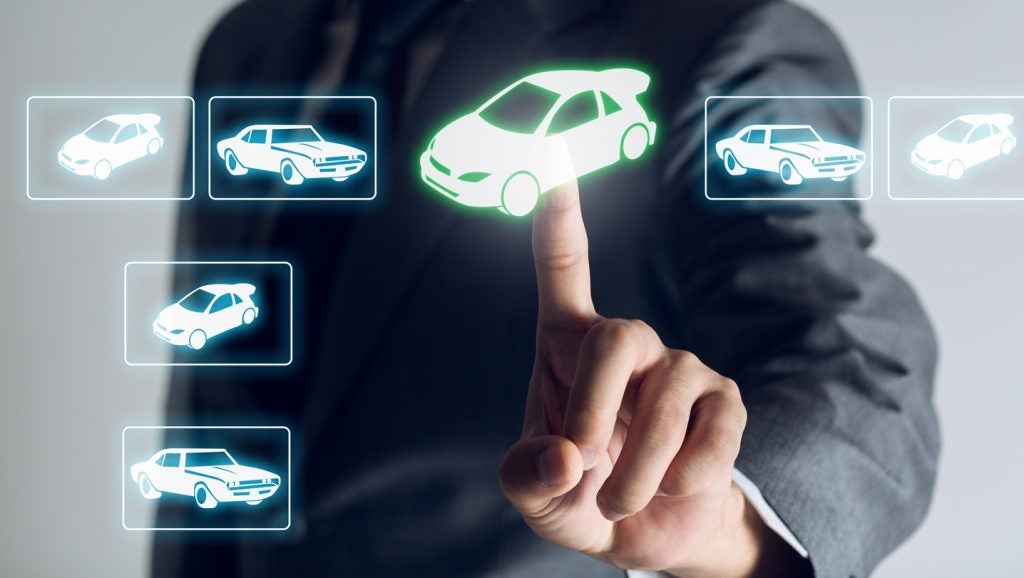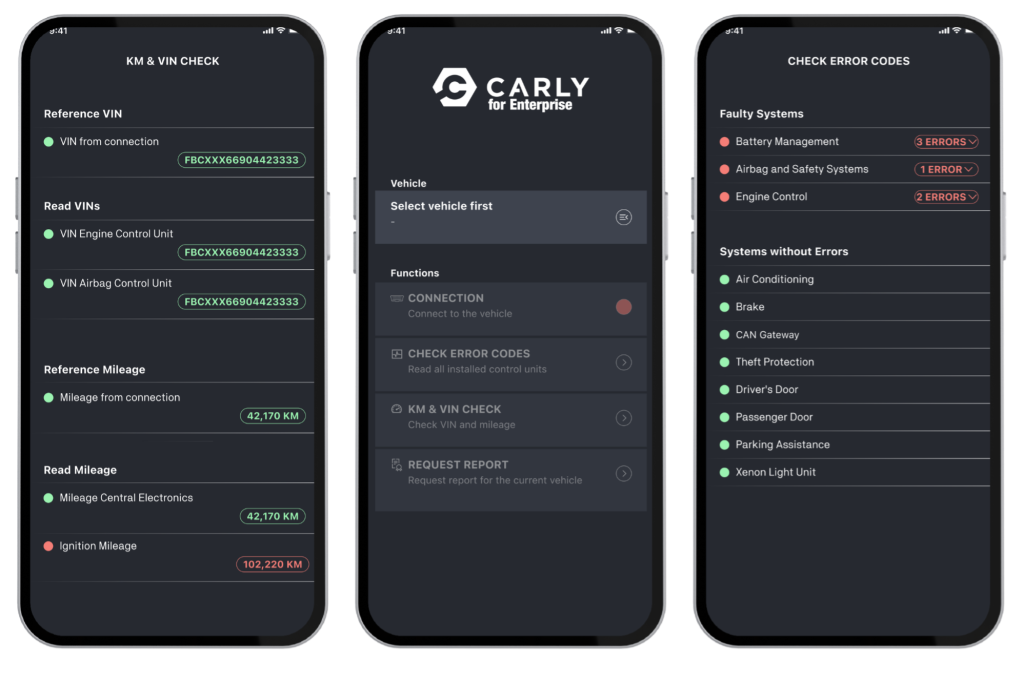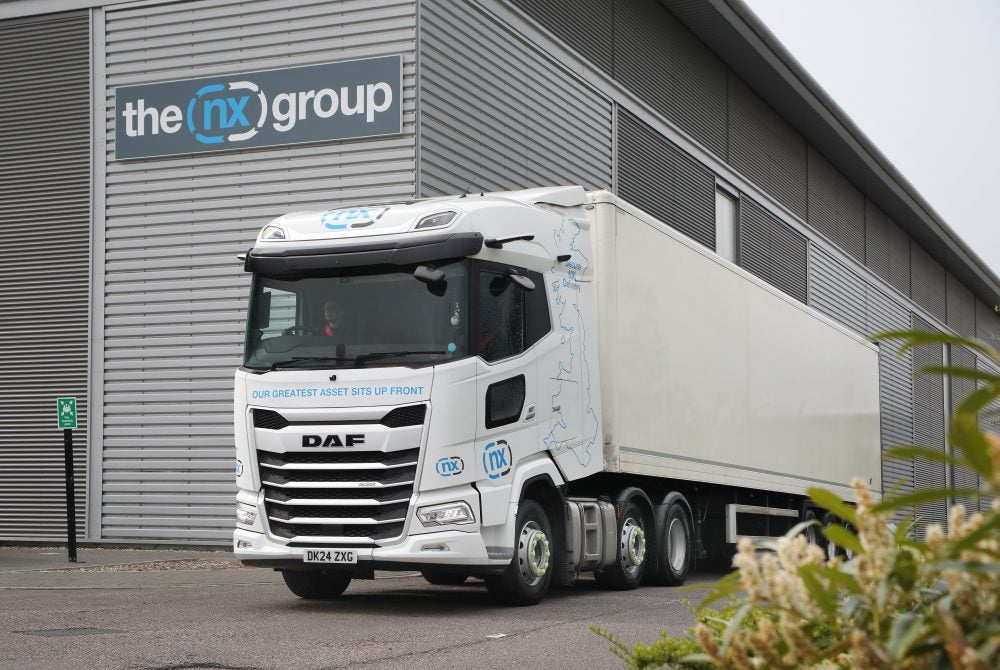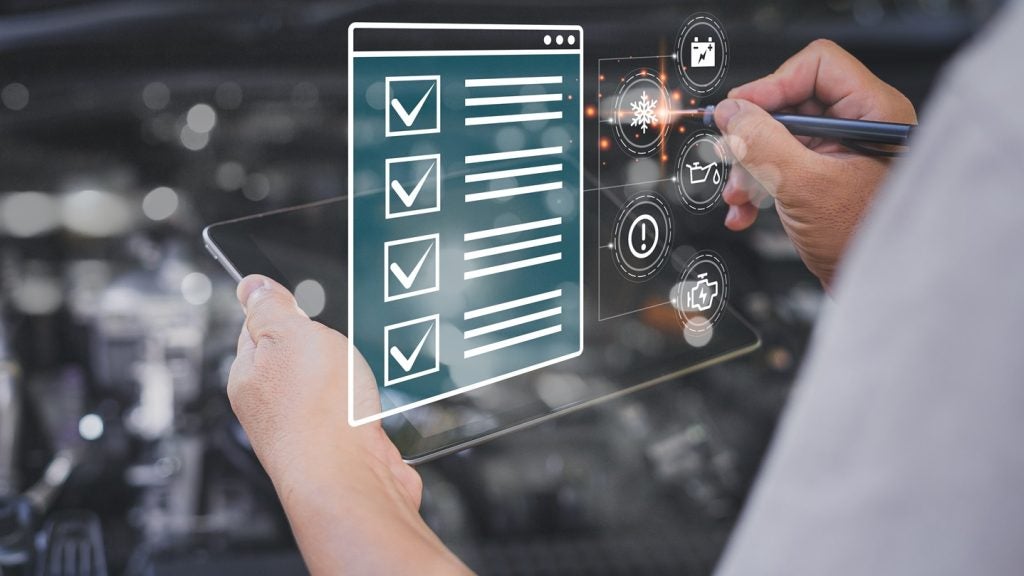In the last decade, fossil-fuel dependent heavy-duty trucks have represented ‘the last stand’ for the internal combustion engine (ICE), but recent changes suggest EU truck manufacturers are planning for life after the ICE age. Alejandro Gonzalez spoke to Willie Paterson, the CEO of Asset Alliance Group, a UK road haulage lessor, to find out how he’s disrupting his own business model to stay ahead of the curve.
For commercial vehicle lessors, end-of-era changes to the decarbonisation of the transport sector have coincided with the disruptive effects of digital technology, sustainability policies and changing consumer preferences around ownership, and that’s before factoring in the challenges posed by the coronavirus pandemic.
“The move towards new fuel technologies, hydrogen gas, electric and hybrid models is a massive commitment but it’s one that has to happen,” says Willie Paterson, the CEO of Asset Alliance Group (AAG), a commercial vehicle company that operates more than 4,000 trucks and buses in the UK.
The European and UK road freight sector has undergone massive changes towards acceptable emission standards recently, with Europe’s largest truck manufactures pledging to stop selling emission-producing vehicles by 2040.
In mid-December last year, an alliance of Daimler, Scania, MAN, Volvo, DAF, Iveco and Ford announced plans to phase out ICE vehicle production and to develop alternative clean fuels and battery technology.
Members of the European Automobile Manufacturers’ Association (ACEA) will spend about €50bn to €100bn on developing new technologies, according to a recent report in the Financial Times.

US Tariffs are shifting - will you react or anticipate?
Don’t let policy changes catch you off guard. Stay proactive with real-time data and expert analysis.
By GlobalData“To take a sector that involves a large, heavy oil-fuelled, high-torque engine and replace it with something completely different is a massive commitment.
“The shift away from ICE is a very, very big step, particularly for the commercial vehicle market,” says Paterson.
Volvo Group, the world’s second-largest manufacturer of trucks, announced in November last year, that in 2022 it expected to be the first manufacturer to go into volume production with a complete range of electric heavy-duty trucks, with a range of up to 300km.
The Swedish truck builder also said it has plans for half of its truck sales in Europe to be battery powered by 2030.
Against this backdrop, Paterson says AAG is well-placed for a fossil-free commercial transport future.
“The majority of our bus business lending is with Transport for London (TfL) so we’ve been funding electric, gas and hybrid vehicle technology for quite some time.”
As well as the move to cleaner technology in the sector, there is also a shift to making the logistics more streamlined with digitalisation, making the industry more efficient.
“We’re also absolutely focused on tech and big data,” says Paterson.
Over the last three years, AAG has invested over £1m in creating a back-office IT system that brings together a lease management, an accounting and a fleet vehicle maintenance platform.
“It’s integrated, so the data cross-populates, talks to each other and gives us a much more transparent view of the business allowing us to improve the billing, the collection and management of our fleets,” says Paterson.
The company first started the process in-house, later bringing in R2C Online, a fleet software company, and Cloud Leasing Solutions, a platform that its then investor Cabot Square Capital had successfully used in other invested businesses. The various software is housed by FinancialForce, part of Salesforce CMS ecosystem, he says.
Smart trucks
Paterson wants to build on his existing IT infrastructure to develop what’s next on his digital agenda, an integrated telematics road freight system.
“Every truck manufacturer has some type of telematics built-in to their system for their customer base, but few offer this information on a cross-platform basis, across different truck types,” says Paterson.
The company is working with several suppliers to develop a platform that would allow AAG to track fleets through its network of truck manufacturer dealerships.
By gathering this information in one place, AAG hopes to develop actionable intelligence that he can share with his customers so that they may achieve operational benefits and efficiencies in running their fleets, he says.
“With GPS tracking, and vehicle and driver optimisation software, we hope to predict vehicle breakdowns, work out when a driver is due a rest period, when a vehicle has left the country and link this information to a manufacturer’s system. If a vehicle is going to have a critical error, where is the best place for it to be maintained, without affecting driver and vehicle effective uptime” says Paterson.
“All the technology exists independently but no one has yet brought this together in the right format. The real skill, and the future, is in bringing this data together.
“If I can crack that in the next 12-18 months, we are in a good position,” says Paterson.







